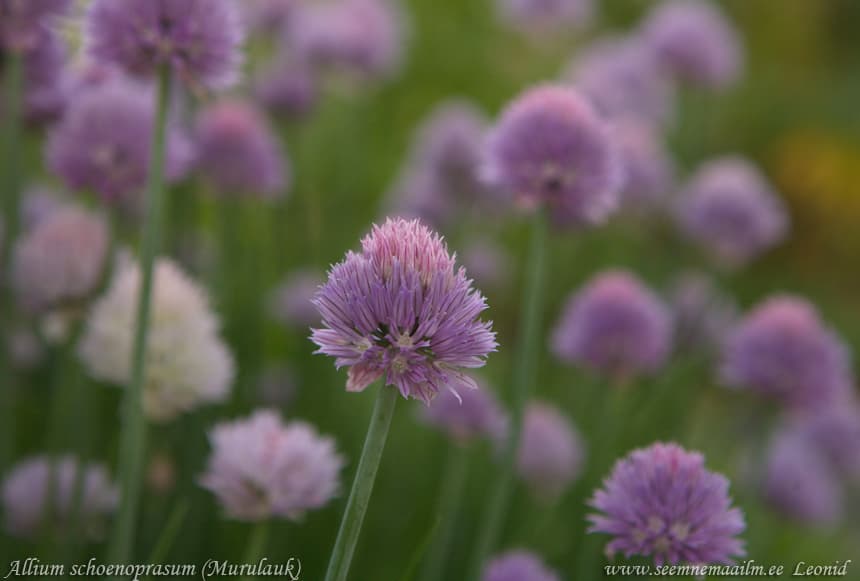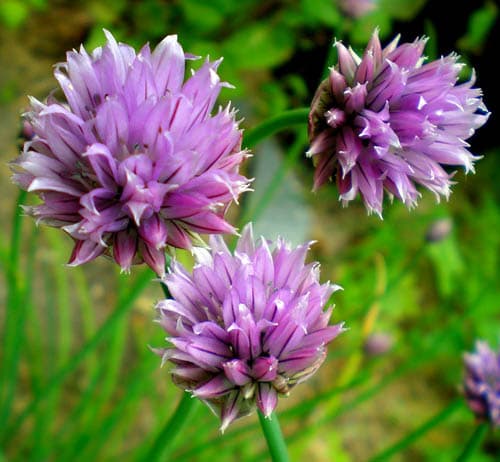Greens - all year round!
This is an early variety which is intended for forcing as well as field growing. The leaves are light green and thin. They have a slightly sharp taste. The growing time, until the first harvest, is approximately 110 days. The harvest can be repeated. This variety has good over-wintering abilities. Planting starts in the spring or in the autumn with spacing of 20 x 10 cm. An early fertile variety, fit for acceleration and field growing. This variety is well hibernating. The leafs are rich in vitamin C.
Recommended for the home garden.

A perennial vegetable crop. Delicate leaves with a pleasant semi-sharp taste, quickly grow back in the spring, forming a dense bush 20-35 cm high with an abundance of green mass. It blooms with beautiful pink-lilac flowers. A good honey plant.
Reproduces both by seeds and by dividing the bush. The seeding rate is 1-1.2 g per 1 m2. It is better to sow in early spring, because it is very difficult to get normal shoots with summer sowing.
With long-term cultivation (more than two or three years), 50-60 daughter plants are formed in the bush, the leaves become small, the yield decreases. Chives after the seeds ripen (June) grow back and give good greens in the second half of summer and in autumn.
Chives are grown only in a perennial culture. Soil moisture is very important. A short 1-3-day drought leads to irreversible coarsening of the leaves, they accumulate fiber, and the sugar content decreases. Chives planting scheme: seedlings or plants are planted in beds in 3-4 rows, with a distance of 30-40 cm between them, and 20-30 cm in a row, since the bushes branch out and grow strongly over the years. All chives care activities, especially when grown from seeds in the first year, must be carried out in a timely manner, since small onion plants are strongly oppressed by weeds and soil crust. In subsequent years, chives bushes grow strongly and suppress weeds. From the second year after planting, thinning of the plants should be carried out in the spring, removing part of the bush with the roots for greenery before the arrows appear. After each cutting, the plants are fed mainly with nitrogen fertilizers, and in the fall, a month before a stable cold snap, with phosphorus-potassium fertilizers. Its bulbs, growing, gradually become bare, so they need to be sprinkled with soil, free of weeds, to avoid weeding, or hilled. On plants intended for greenery, it is necessary to remove flower stalks, since their appearance reduces the quality of greenery and weakens the plants. Chives leaves are cut 2-3 times during the summer when their length is at least 20-25 cm. With frequent cuttings, flowering is delayed and the leaves become more tender. From 1 m2, 1-1.5 kg of green leaves are obtained per cutting. In winter, chives can be grown to obtain greenery. It quickly grows back and yields a harvest in indoor conditions. To do this, old bushes, without dividing into separate shoots, are planted in a box or a large flower pot, deepening them by 4-5 cm.


Chives. Bot.: Allium schoenoprasum L.
It is added to salads, fillings for pies, dumplings, meat and fish dishes, gravies and sauces. Crushed leaves are added as a filling to pies. In dishes from other herbs, which are often bland in taste, the pungency of onion leaves comes in very handy.
* Dumplings with chives.
Finely chop the greens of the wild onion, lightly fry in melted butter, add salt. Add raw eggs to the minced meat. Roll out the dough, make dumplings and boil them in salted water. Serve with sour cream or butter.












